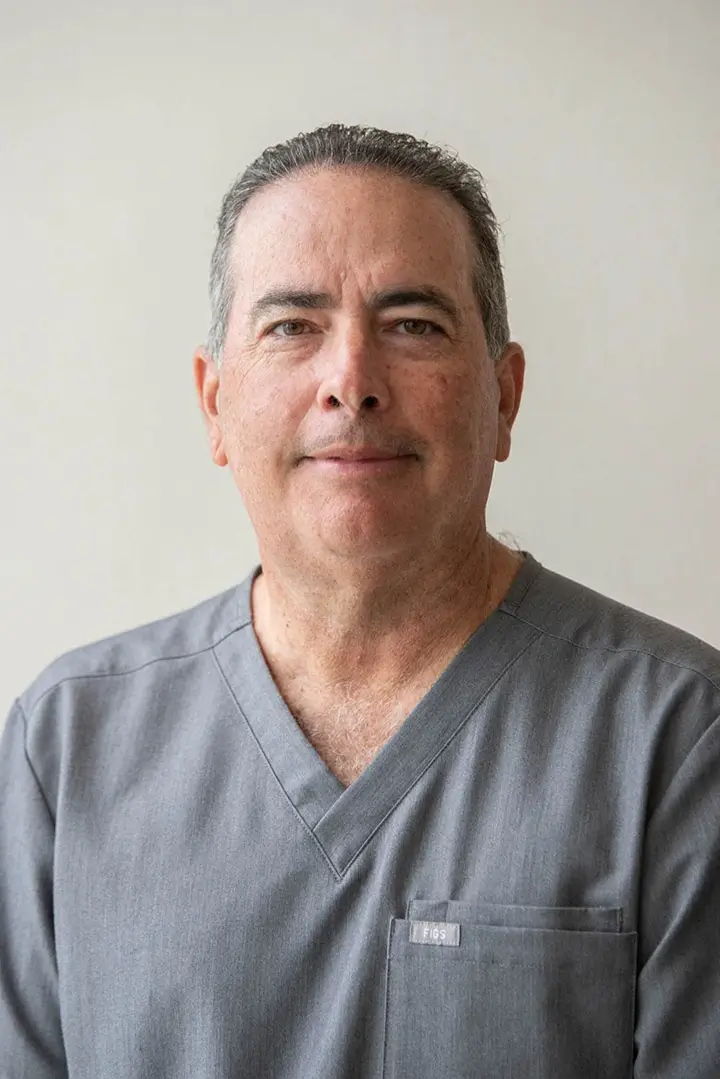There’s a new buzz in the beauty industry, and it has to do with stem cells. For anyone who may be worried about wrinkles and all the other external signs of aging, now there’s a new remedy: creams and lotions with the words "stem cells" in their titles. Though they’re expensive and popular, in actuality none of these products are what they claim to be.
Taking advantage of the new stem cell craze, cosmetics companies are advertising anti-aging creams that purport either to be made from stem cells or to stimulate one’s own naturally occurring endogenous stem cells. With all the hype about stem cells in the media, it’s hardly surprising that commerical businesses would try to capitalize upon the trend, which has a virtually unlimited market potential.
Even in England, a relatively small country, anti-aging creams alone constitute more than a $1 billion industry, per year. In larger countries such as the U.S., and throughout Europe, such a market is staggering. That’s why in September of 2009, Lancome will launch its new anti-aging cream, "Absolue Precious Cells", which comes with the claim that it "will help restore the potential of skin stem cells and bring back the skin of youth." A 50 ml jar of the cream will sell for $237. Contrary to the advertised claims, however, the cream does not actually contain any stem cells, nor does it contain any components of stem cells. Under European and U.K. laws, it would be illegal for any cosmetics to contain human tissue or extracts thereof, and similar U.S. laws also exist. In fact, many doctors and scientists point out that it is impossible to incorporate living cells into creams because the cells would rapidly die. According to Dr. Jeanette Jacknin, an American dermatologist who specialises in anti-aging treatments, "Instead companies are creating products with specialized peptides – made from amino acids – and enzymes – proteins that speed up chemical reactions – or plant stem cells, which they claim help to protect the human skin stem cells from damage or stimulate the skin’s own stem cells." Obiously, such ingredients are vastly different from stem cells.
Currently on the market is another so-called "stem cell" cosmetic product, marketed by the U.K. store Harvey Nichols and known as "Amatokin Emulsion", a 30 ml jar of which sells for $220. Advertisements claim that the cream "awakens the body’s own reservoir of stem cells." Also currently available is "Peau Magnifique" by ReVive, which claims to contain patented ingredients that "convert resting adult stem cells to fresh newly minted cells for a firmer, more defined appearance." A month’s supply sells for $1,450. Additionally, Dior offers a "Capture XP" anti-aging cream which "works on skin stem cells to better repair wrinkles". And don’t forget the Emerge Swiss Apple Stem Cell Serum, which assures its buyers that it will "promote the self-renewal capacity of the skin", for only $120 a jar.
Chris Flower, director of the U.K. trade industry organization known as The Cosmetic, Toiletry and Perfumery Association, says that these products which claim either to contain or to stimulate stem cells have created a "huge potential for confusion". As he describes, "I wasn’t sure what manufacturers meant by the product claims," although it is obvious that the various cosmetics companies merely seem to be "cashing in on the magic allure" of stem cells.
Dr. Bruno Bernard, project director at the Paris research laboratories of L’Oreal, the parent company of Lancome, offers a clarification by stating that their "Absolue" cream contains a new apple extract, not stem cells, which alters the "microenvironment" that surrounds the stem cells that feed the epidermis (the upper layer of the skin) and the dermis (the layer of skin between the epidermis and the subcutaneous tissues), thereby reactivating endogenous stem cells which might be "sluggish" and hence "encouraging the production of new epidermal skin cells, resulting in plumper, younger-looking skin."
Perhaps not everyone wants to have their skin cells encouraged to engage in new production, however. For those who are aware of the possible risks of cancer that some types of stem cells pose through uncontrolled cell growth, Lancome has carefully chosen its wording in order to avoid triggering such fears. The labeling cautiously states that the cream merely "harnesses" stem cell "potential", but does not directly stimulate the growth of new cells. Nevertheless, Lancome also claims that their Absolue cream is the result of 20 years’ research and represents a "decisive breakthrough on stem cells".
Indeed, cosmetics companies pour a hefty portion of their revenue into developing their products, as L’Oreal spends approximately $670 million per year on its laboratory product development. Nevertheless, as Tamara Griffiths, a consultant dermatologist for the British Skin Foundation research charity, explains, even though there may be legitimate scientific research behind a particular product, such as that of Lancome, that doesn’t necessarily mean that the product will reverse the natural process of aging. According to Ms. Griffiths, "The coarse wrinkles and loss of elasticity of the skin, which people commonly associate with an ‘old’ appearance, are due to changes in the collagen and elastic fibres in the dermis. This product will not have any effect on these changes and will not repair damage in the dermis, so the overall impact may be less than consumers’ expectations."
In fact, if a cosmetics product really did have a radical effect upon skin cells, the product would cease to be a cosmetic and would instead fall under the category of a "drug" and would therefore have to be regulated by the same government agencies that set the laws for pharmaceuticals. Most manufacturers of cosmetics, therefore, build definite boundaries and limits into their products.
Fortunately, this means that the products probably won’t hurt anyone. Unfortunately, they might not help anyone either.
As in all other aspects of free market capitalism, "caveat emptor" should be the guiding principle. Especially in the cosmetics industry, appearances can be deceiving.

